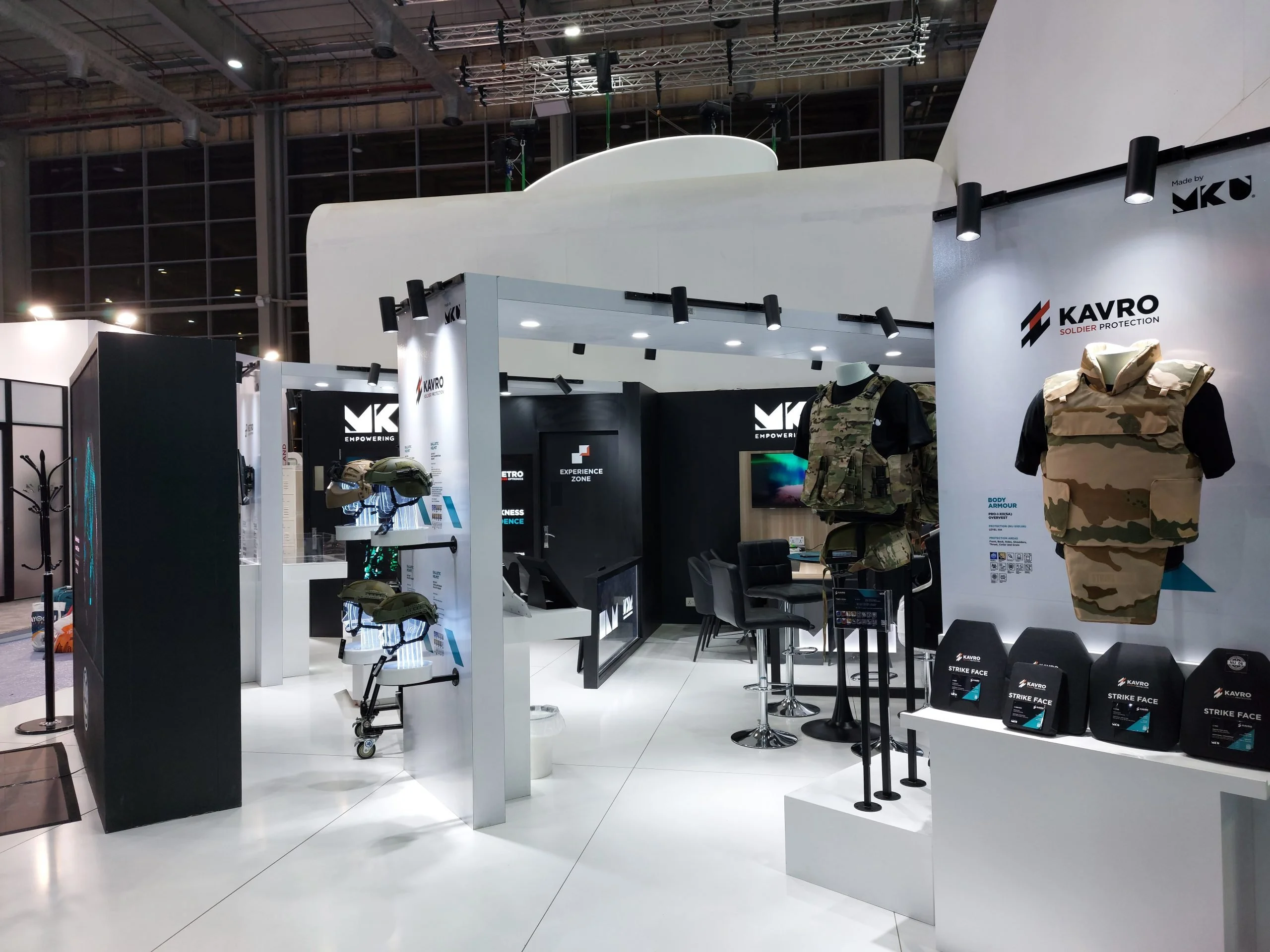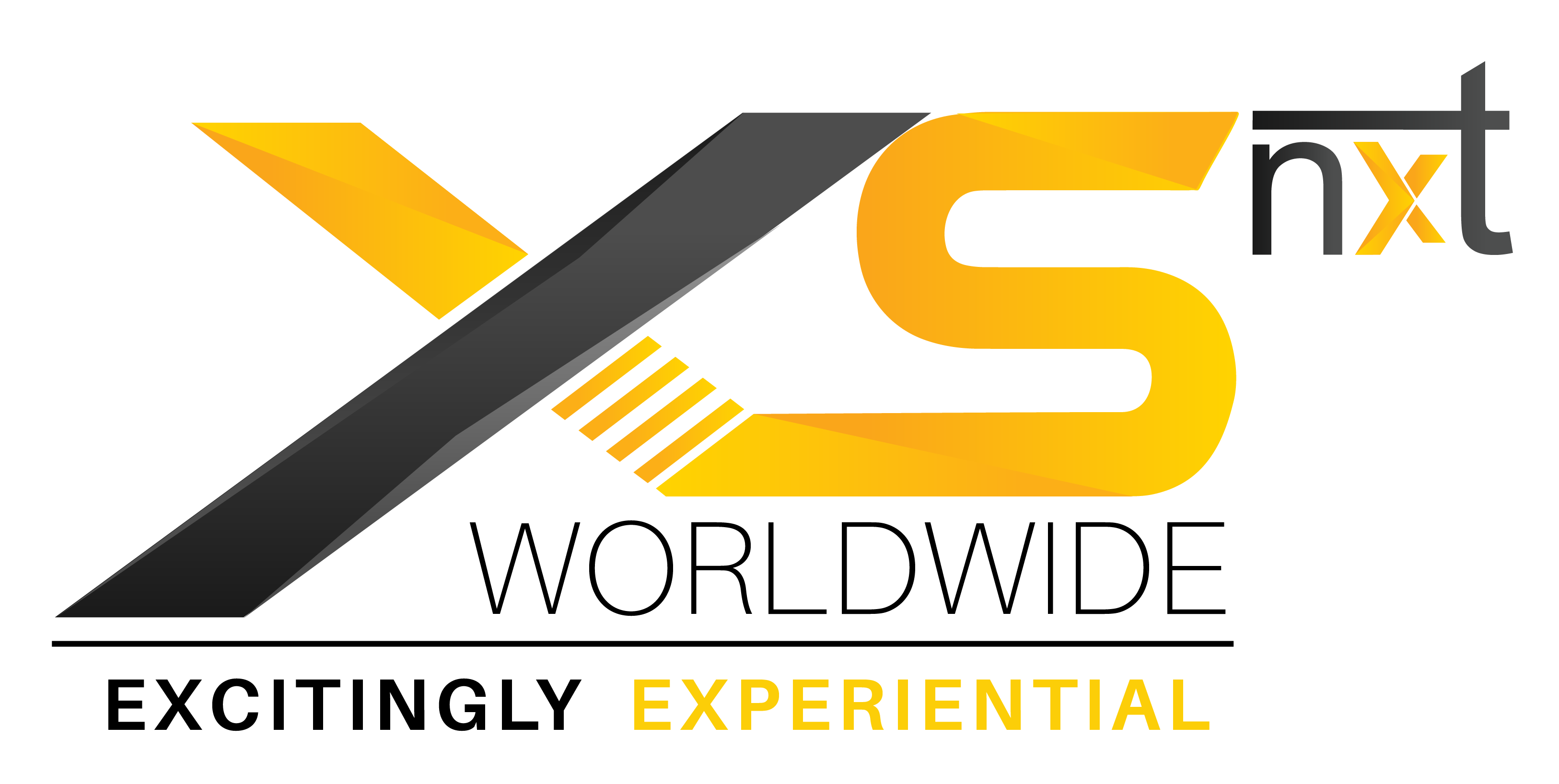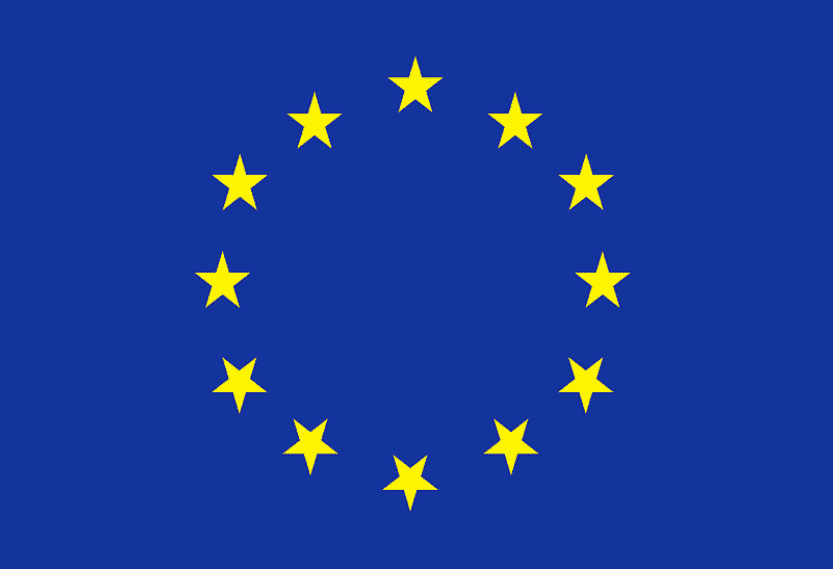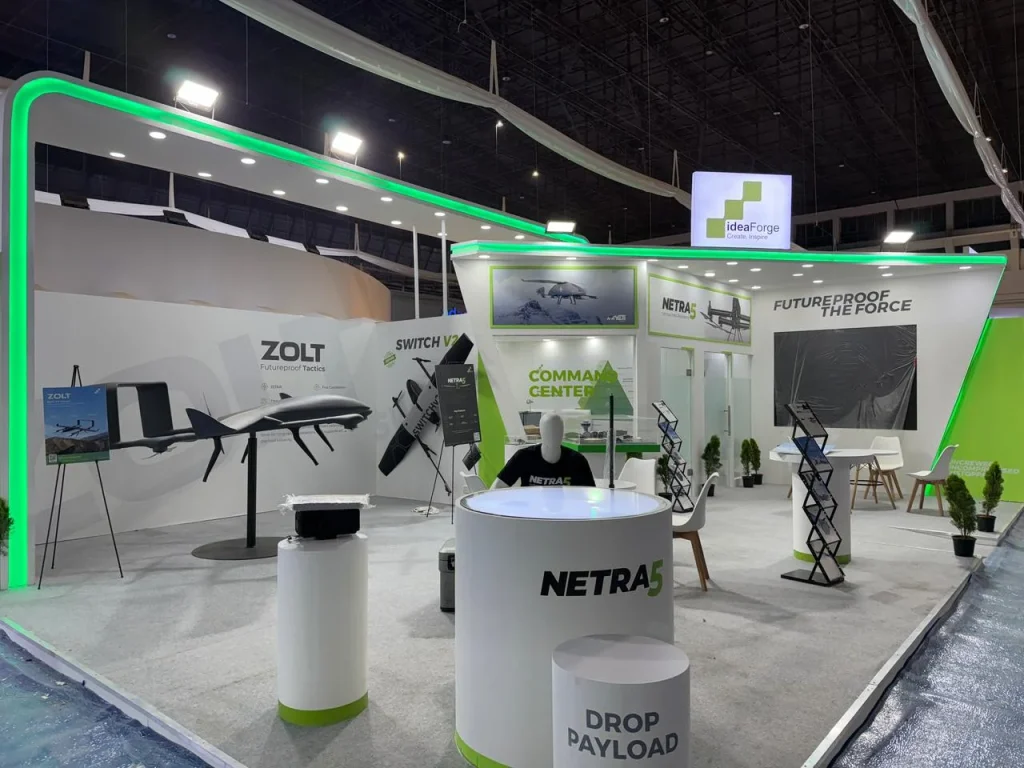
Introduction
Trade show booths are designed to captivate, inform, and engage visitors within a bustling and competitive environment. Among the various design elements, lighting plays a critical role in shaping the visual and emotional impact of a booth.
The strategic use of light and shadow can transform a trade booth into a dramatic and memorable display, drawing attention and enhancing the overall visitor experience. This blog explores the role of light and shadow in creating dramatic trade booth displays and provides practical insights into leveraging these elements effectively.
1. Understanding the Basics of Light and Shadow
The Fundamentals of Lighting
Lighting in trade booth design involves several key aspects:
- Ambient Lighting: Provides overall illumination, ensuring the booth is well-lit and welcoming.
- Task Lighting: Focuses on specific areas where activities occur, such as product displays or demonstration zones.
- Accent Lighting: Highlights particular features or products, adding depth and emphasis to the display.
The Role of Shadows
Shadows are created when light is obstructed, adding dimension and contrast to the booth design:
- Depth and Dimension: Shadows create a sense of depth, making flat surfaces appear more dynamic and three-dimensional.
- Contrast and Focus: By highlighting certain areas and casting others into shadow, designers can direct visitors’ attention to specific elements.
2. Designing with Light: Techniques and Strategies
Creating Focal Points
Lighting can be used to create focal points that draw visitors’ eyes to key areas of the booth:
- Spotlights: Use spotlights to highlight key products, branding, or promotional materials, making them stand out in the overall display.
- Directional Lighting: Direct lighting to specific areas to guide the visitor’s journey through the booth.
Using Color and Temperature
The color and temperature of light can significantly impact the mood and perception of the booth:
- Warm Lighting: Creates a cozy, inviting atmosphere, ideal for booths aiming to convey warmth and approachability.
- Cool Lighting: Imparts a modern, high-tech feel, suitable for technology or innovation-focused exhibits.
- Colored Lighting: Incorporate colored lighting to align with brand colors or create a specific ambiance, such as excitement or tranquility.
Dynamic Lighting Effects
Incorporating dynamic lighting effects can add an element of drama and engagement:
- Moving Lights: Use moving lights to create an ever-changing display, capturing attention and adding a sense of motion.
- Light Patterns: Project light patterns onto walls or floors to create interesting visual effects and enhance the booth’s aesthetic.
3. Harnessing Shadows: Techniques and Strategies
Creating Visual Interest
Shadows can add visual interest and complexity to the booth design:
- Layered Shadows: Use layered lighting to create complex shadow patterns that add depth and intrigue to the display.
- Silhouettes: Create striking silhouettes of products or brand elements to make them stand out against a lit background.
Enhancing Product Displays
Shadows can enhance the presentation of products, making them appear more dramatic and appealing:
- Shadow Boxes: Use shadow boxes with focused lighting to create a framed, dramatic presentation of key products.
- Backlighting: Employ backlighting to create a glowing outline around products, highlighting their shape and form.
Creating a Sense of Space
Shadows can help define spaces within the booth, creating distinct areas for different activities:
- Partitioning with Light: Use shadows to create the illusion of partitions or separate zones within an open booth layout.
- Depth Perception: Enhance depth perception by strategically placing lights and shadows to make the booth appear larger and more dynamic.
4. Tips for Effective Lighting and Shadow Design
Plan and Test
Careful planning and testing are crucial to achieving the desired effect:
- Mock-Ups: Create mock-ups of the lighting design to test different effects and adjustments before the actual event.
- Flexibility: Design the lighting setup to be flexible, allowing for adjustments based on the booth’s location and ambient lighting at the venue.
Balance and Harmony
Ensure a balanced and harmonious integration of light and shadow:
- Avoid Overlighting: Too much light can wash out the display and reduce the impact of shadows. Aim for a balance that enhances contrast and depth.
- Consistency: Maintain consistency in lighting design to avoid disjointed or jarring effects that can detract from the overall experience.
Safety Considerations
Always prioritize safety in lighting design:
- Heat Management: Ensure that lighting fixtures do not generate excessive heat that could be hazardous or uncomfortable for visitors.
- Accessibility: Make sure that lighting fixtures and cables are safely positioned to avoid tripping hazards or obstructions.
Conclusion
The strategic use of light and shadow can transform a trade show booth into a captivating and dramatic display. By understanding the fundamentals of lighting, leveraging shadows to create depth and interest, and employing practical design strategies, exhibitors can create memorable and engaging experiences that stand out in a crowded trade show environment.
As technology and design techniques continue to evolve, the potential for innovative and impactful lighting designs in trade show booths will only expand, offering new opportunities to captivate and engage audiences. Embracing these techniques will not only enhance the visual appeal of the booth but also create lasting impressions and drive meaningful engagement with visitors.


 Global
Global Europe
Europe

